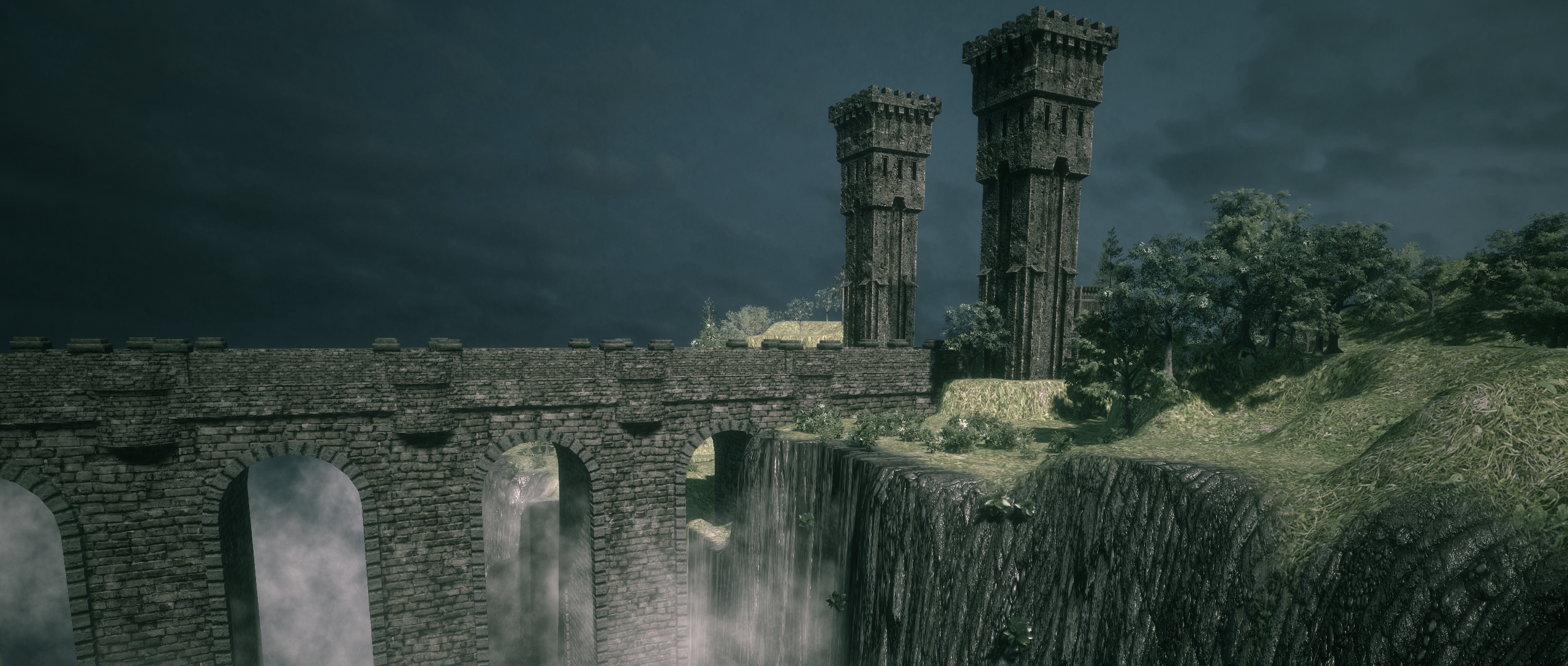Crimson Ravager
Roaming the Red Rift Wastes, the Crimson Ravagers are legendary for their ferocity and solitary natures. Few have ever been able to study them closely enough to determine their exact numbers, but due to their size and carniverous nature it is believed that their population never grows very large.
Basic Information
Anatomy
A gigantic beast, the ravagers are a strange blend of the most fearsome aspects of many smaller creatures. With the quadripedal body reminiscent of a big cat, it is covered in relatively smooth carapace of overlapping plates rather than a traditional hide.
The head of the beast has two massive fangs protruding from the bottom jaw and coming up to a point almost by its eyes. It almost resembles a sabre-tooth tiger with an underbite.
Its tail is long and curved up behind it and it is tipped by a poison stinger which hints at a common ancestor with a giant scorpion.
Growth Rate & Stages
Based primarily on the study of shed carapace, it is believed that the ravagers go through three distinct phases in their lives. The young have a relatively soft carapace which grows with them for several years. When they reach the 12-15 feet long they dig holes deep into the wastes, shed their carapace and hibernate for several months. When they emerge, they have grown a new carapace, one which is far stronger than before and is suitable to their massive bulk.
This second phase is referred to as their adulthood and generally lasts 40-50 years. Should the ravager survive through its adulthood, it will once again shed its carapace and go into a hibernation. It is believed that this process takes well over a year before it once again emerges, now even larger, with a carapace like steel, and the poisonous parts of its body even more deadly. In a nod to the most fearsome of dragons, in this third and final stage of life they are referred to as 'Ancient' Crimson Ravagers. Very few of this ancient variety have ever been observed and it was only a century or so ago when their existence was even confirmed.
Dietary Needs and Habits
The challenges involved in studying these creatures makes knowing their diet a rather hazardous endeavor. One seeking to study what they eat may obtain the empirical data by becoming a meal themselves. It is quite clear that they are carniverous and a greater percentage of sightings tend to be near the Crimson Pools which supports the school of thought that they prey on the aquatic species that live therein. They have also been observed fighting with and consuming the large worms that live just below the surface of the wastes.
Additional Information
Perception and Sensory Capabilities
Anecdotal data indicates that they have the keen hearing of a predator and "experts" speculate that they have some sort of tremor-sense which helps them stalk the massive worms that live beneath the wastes.
Geographic Distribution



Comments